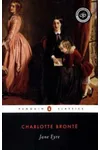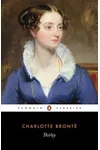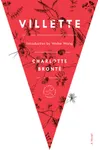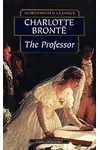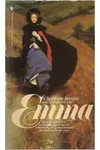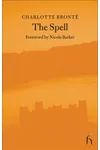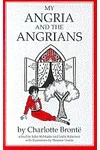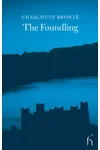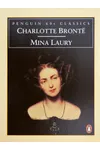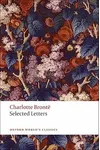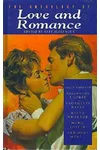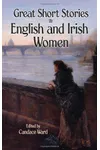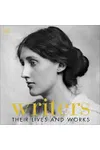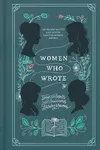Picture a windswept Yorkshire moor, where a young woman with a fiery imagination spun tales that would captivate the world—meet Charlotte Brontë! Born in 1816, this English novelist redefined Victorian literature with her groundbreaking novel Jane Eyre, blending romance, Gothic mystery, and bold feminist themes. Despite a life cut short in 1855, Charlotte’s stories continue to enchant readers and inspire countless adaptations.
The Making of Charlotte Brontë
Charlotte was born in Thornton, Yorkshire, the third of six children in a clergyman’s family. Raised in the isolated village of Haworth, she and her siblings—Emily, Anne, and Branwell—created vivid imaginary worlds to escape their strict upbringing. Early tragedies, including the loss of her mother and two elder sisters, shaped Charlotte’s resilient spirit. She honed her craft through poetry and stories, publishing under the pseudonym Currer Bell to navigate the male-dominated literary world.
Charlotte Brontë’s Unforgettable Stories
Charlotte’s masterpiece, Jane Eyre (1847), follows the spirited orphan Jane as she defies societal norms to find love and independence. Its raw emotion, Gothic atmosphere, and feminist undertones shocked and enthralled Victorian readers. Shirley (1849) explores female friendship and industrial unrest, showcasing Charlotte’s social commentary. Villette (1853), a semi-autobiographical tale of a teacher in Brussels, delves into isolation and unrequited love. Her lesser-known The Professor, published posthumously, reflects her early style. Charlotte’s writing—intimate, psychological, and unflinchingly honest—pioneered a new depth in character-driven storytelling.
Her style blended Gothic elements, like eerie settings and intense passion, with realistic portrayals of women’s inner lives. Themes of autonomy, morality, and social critique resonate in her work, making her novels timeless. Each book feels like a window into Charlotte’s soul, drawn from her own struggles and dreams.
Why Charlotte Brontë Matters
Charlotte Brontë’s influence on literature is profound. Jane Eyre challenged Victorian gender roles, paving the way for feminist literature. Her focus on personal agency inspired authors like Virginia Woolf and modern writers tackling identity and equality. Her novels, translated globally, remain staples in classrooms and book clubs, with adaptations in film, theater, and TV keeping her legacy alive. Charlotte’s ability to weave universal emotions into specific, relatable stories ensures her enduring appeal.
About Charlotte Brontë
- Born: April 21, 1816, in Thornton, Yorkshire, England
- Key Works: Jane Eyre, Shirley, Villette, The Professor
- Pseudonym: Currer Bell
- Died: March 31, 1855, at age 38
Ready to fall in love with a classic? Snag Jane Eyre and dive into Charlotte Brontë’s passionate, groundbreaking world!
